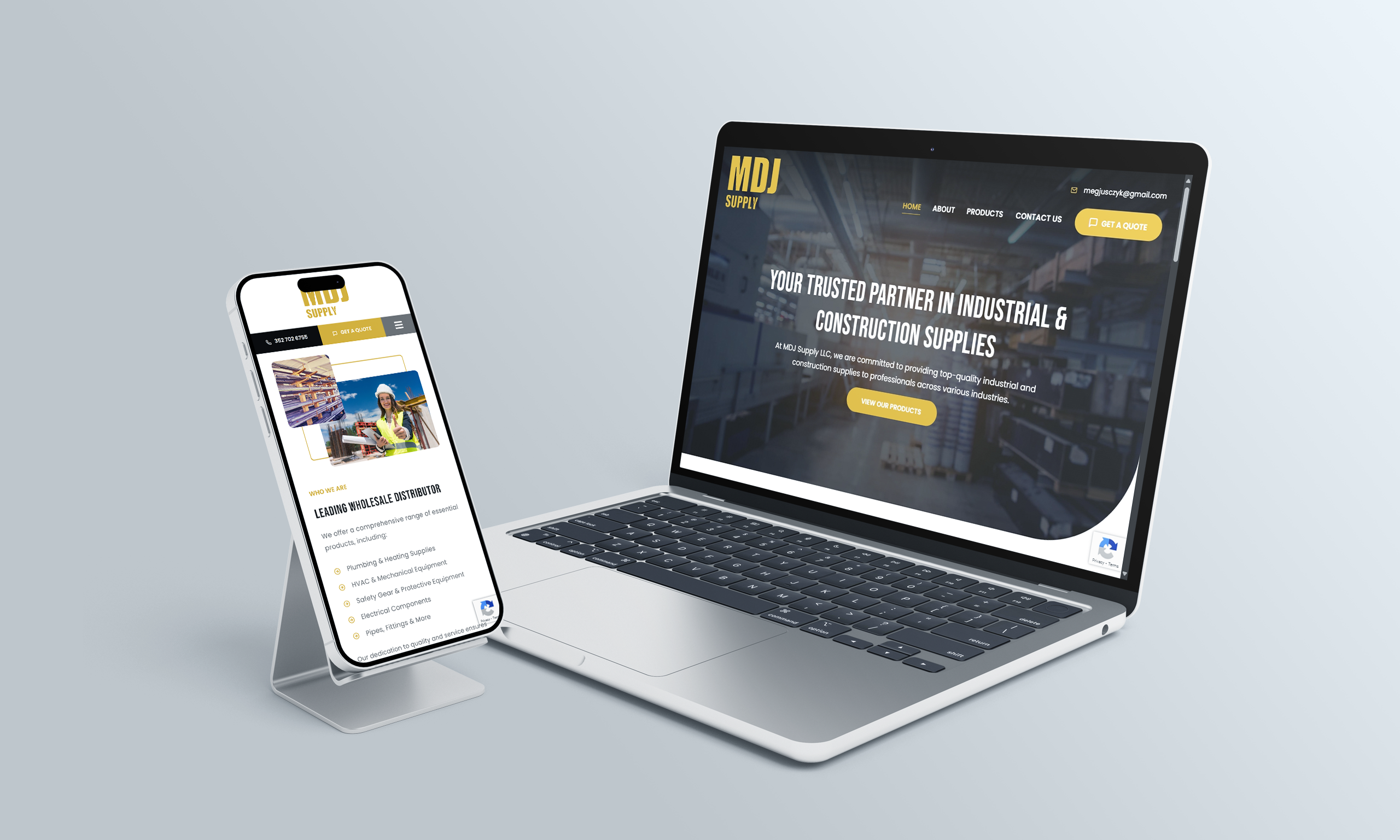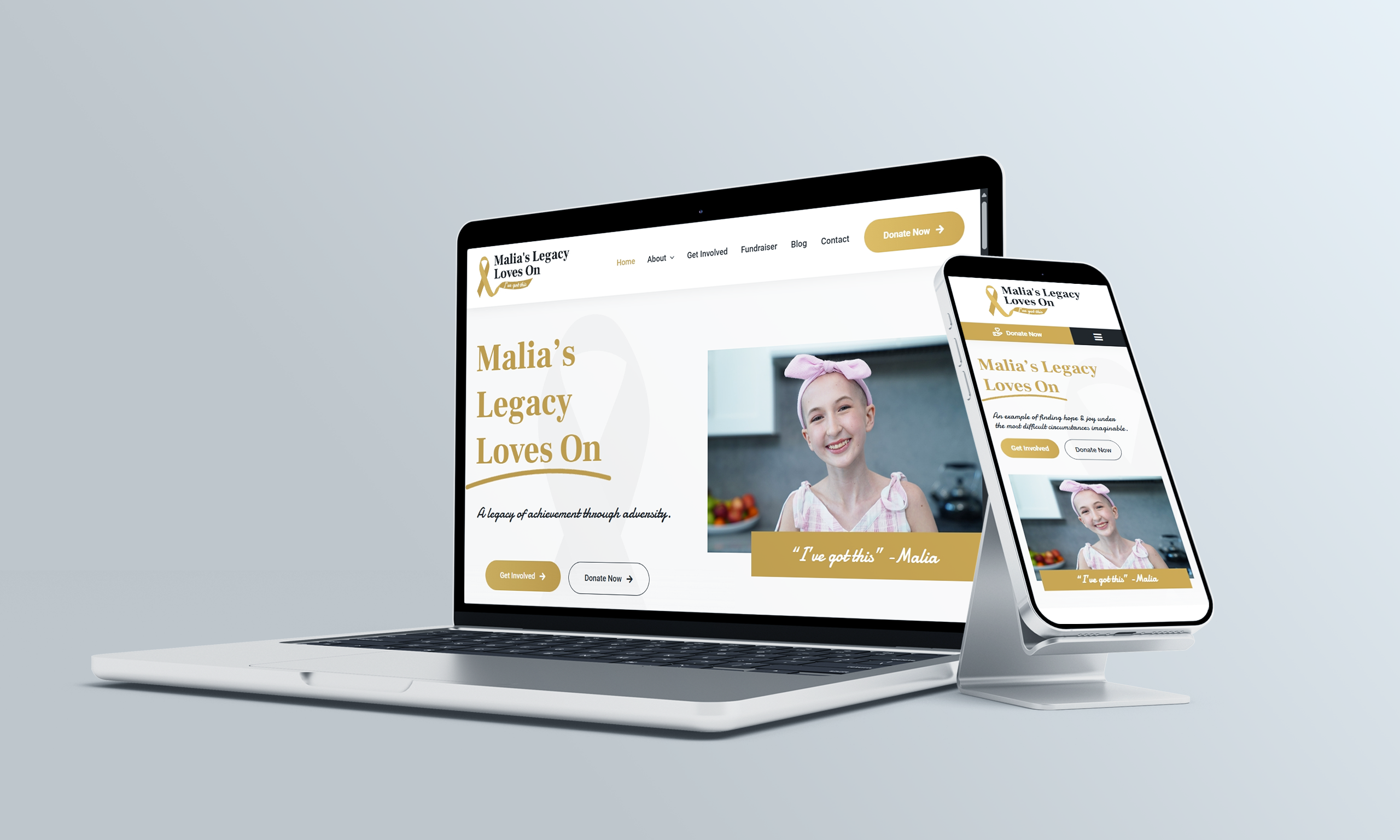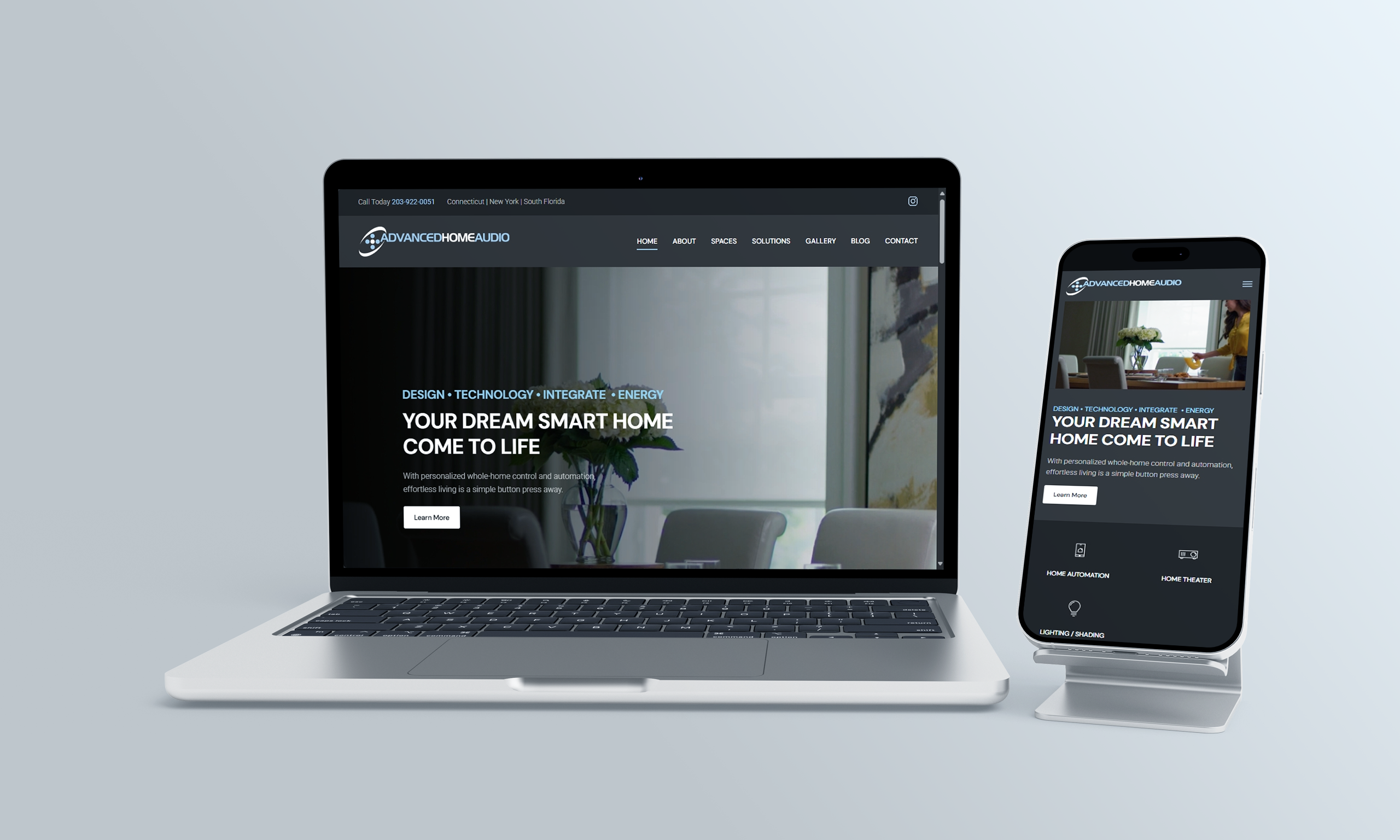Web Design for Hospitals and Healthcare Facilities
Learn how to create a hospital or healthcare website that builds trust, fosters connections, and encourages patient engagement with Stratedia’s guide to impactful web design strategies.
For many patients, your website is their first interaction with your healthcare facility. It’s your opportunity to make a strong and lasting first impression.
If your website feels outdated, unattractive, or unprofessional, you risk deterring potential patients before they even schedule an appointment.
In this guide, Stratedia shares four essential tips to help you create a compelling website for your hospital or healthcare organization. Ready to enhance your online presence? Contact Stratedia at 860-415-0340 to speak with a strategist today!
1. Use a Custom Design
A custom website design is crucial for standing out in the healthcare industry. Generic templates may seem convenient, but they often make your website blend in with countless others.
Your hospital or healthcare facility is unique, and your website should reflect that. A customized design ensures your online presence aligns with your brand, making your facility more memorable and trustworthy.
Key elements of a custom design include:
- Brand Colors: Incorporate a cohesive color scheme that reflects your healthcare brand. If you already have established colors, integrate them into your site. If not, select tones that evoke trust, professionalism, and care.
- Personalized Features: Highlight aspects of your facility that set you apart, such as specialized treatments, state-of-the-art equipment, or patient success stories.
- Clear Navigation: Make it easy for patients to find essential information, such as services, contact details, and appointment scheduling.
A custom design builds brand recognition, establishes credibility, and helps patients remember your facility when they need healthcare services.
2. Incorporate a Responsive Design
In today’s digital landscape, a responsive website design is non-negotiable. Responsive design ensures your website adapts seamlessly to various devices, whether patients visit via a desktop, tablet, or smartphone.
Without responsive design, mobile users may struggle to navigate your site, leading to frustration and lost opportunities. A responsive site delivers a positive user experience by:
- Scaling text and images for easy viewing on all devices.
- Simplifying navigation for mobile users.
- Ensuring consistent functionality across platforms.
By incorporating responsive design, you create a user-friendly website that keeps patients engaged, regardless of how they access it.
3. Integrate Features to Connect with Patients
Once patients land on your site, it’s essential to provide ways for them to engage and stay connected. Key features to consider include:
- Appointment Scheduling: Enable online appointment booking for convenience and accessibility.
- Patient Portals: Provide a secure portal where patients can access medical records, test results, and communicate with healthcare providers.
- Live Chat Support: Implement a chat feature to answer common questions and direct patients to the right resources.
- Social Media Integration: Include buttons that link to your social media profiles. These encourage visitors to stay updated on hospital news, health tips, and community events.
These features not only strengthen patient relationships but also pave the way for improved engagement by keeping your audience informed and connected.
4. Leverage Visual Elements
Visual content is a powerful way to capture attention and convey information. Including a variety of visual elements on your site can significantly enhance user experience and engagement.
Examples of effective visuals include:
- Facility Photos: Showcase your hospital, patient care areas, and medical staff to build trust and familiarity.
- Infographics: Use visual diagrams to explain procedures, highlight health statistics, or showcase key services. Infographics simplify complex information, making it more accessible to your audience.
- Videos: Create engaging video content to introduce healthcare professionals, explain treatments, or provide wellness tips. Video content keeps visitors on your site longer, increasing the likelihood of patient inquiries and appointments.
Visual elements not only break up large blocks of text but also make your website more interactive and informative for visitors.
Stratedia: Your Partner in Healthcare Website Design
Your website is a cornerstone of your hospital or healthcare facility’s digital presence. To convert visitors into patients, your website must be both professional and engaging. Stratedia specializes in creating customized websites tailored to the unique needs of hospitals and healthcare organizations.
Our team of experts brings years of experience in web design, ensuring your site is visually appealing, functional, and optimized for patient engagement.
With a proven track record of success, Stratedia is committed to helping healthcare facilities achieve measurable growth. Don’t just take our word for it—our clients love the results we deliver.
Start Building Your Customized Website Today
Ready to transform your online presence with a professionally designed website? Contact Stratedia online or call us at 860-415-0340 to speak with a strategist about your project.
Let us help you create a website that attracts patients, builds trust, and strengthens your healthcare brand. We look forward to working with you!










